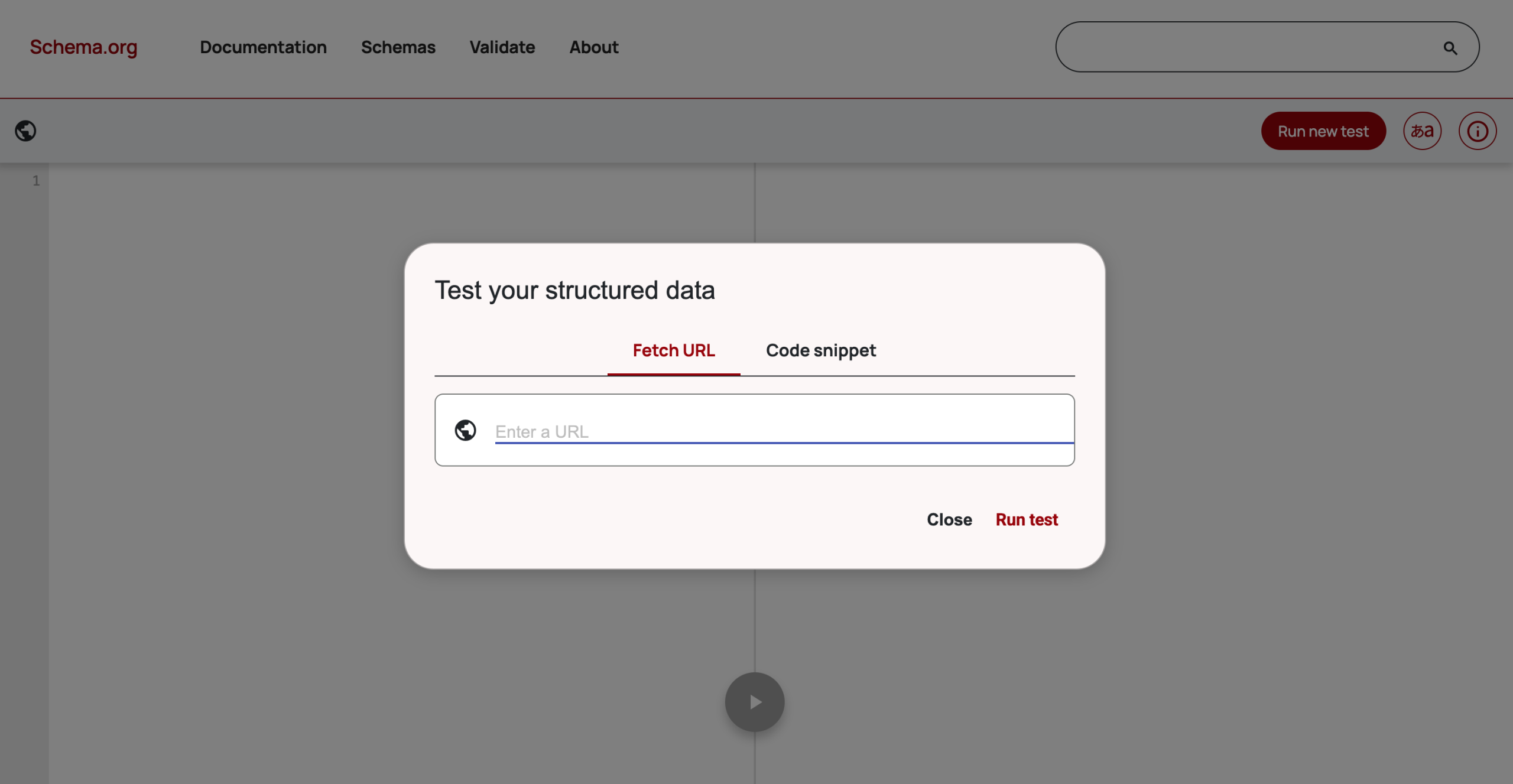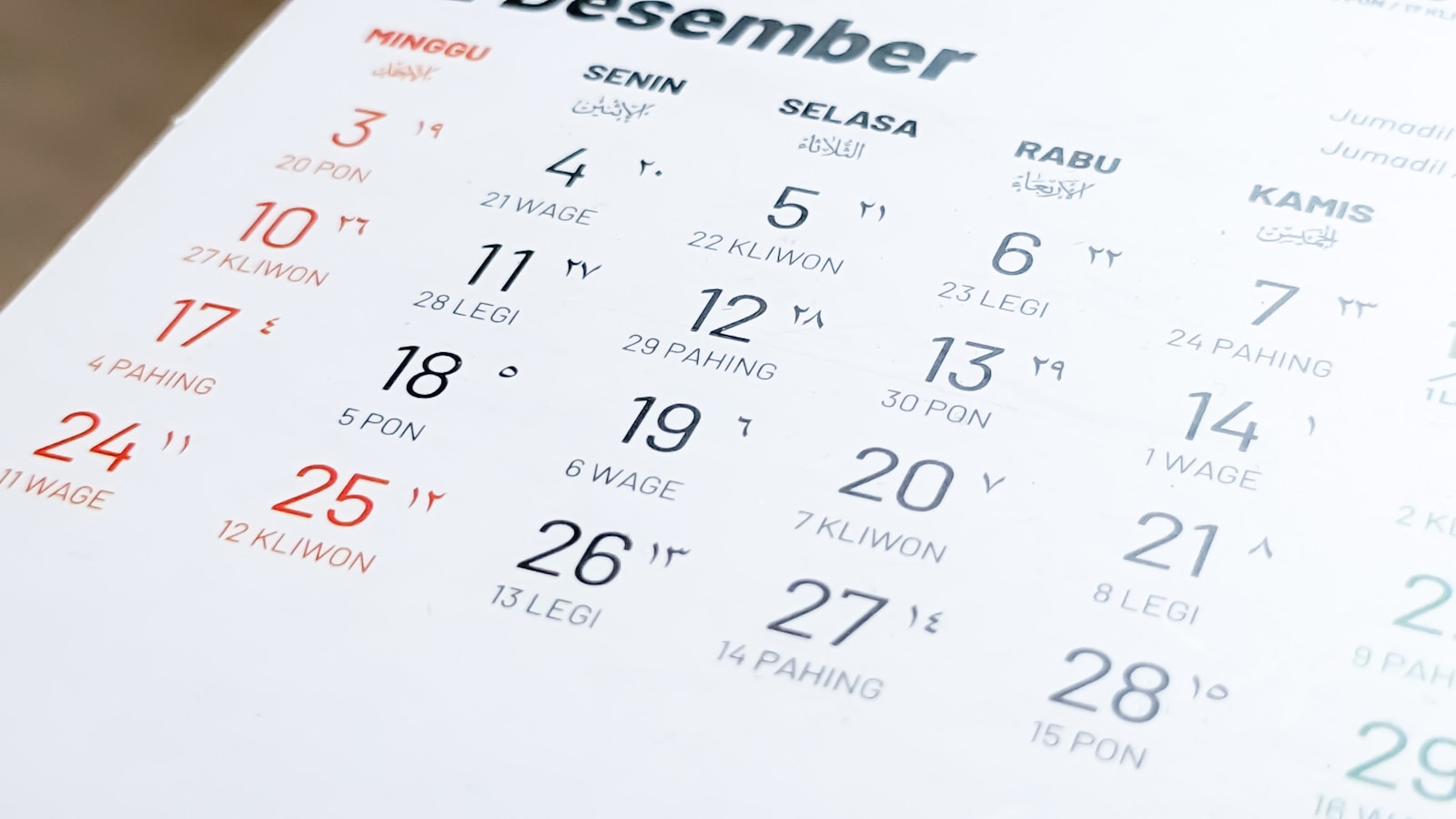Table of Contents
If you’ve ever scrolled through Google’s People Also Ask (PAA) section, you know how powerful answering the right questions can be for SEO. But with the SEO shift toward conversational and AI-driven search, PAA-style content has evolved into something even more valuable: question-cluster content.
Question-cluster content takes the traditional PAA concept and optimizes it for Answer Engine Optimization (AEO) — making your brand more likely to appear in AI-powered search results, voice queries, and conversational platforms like ChatGPT, Gemini, and Perplexity.
At Apeiros Marketing, we’ve built entire AI SEO frameworks around this approach, helping clients earn brand visibility even in a clickless search environment.
What Is Question-Cluster Content?
Question-cluster content is an SEO and AEO strategy that organizes related user queries into structured, comprehensive content blocks. Rather than creating a single answer for a single query, this method creates clusters of semantically related questions — all answered in one place.
For example, a question-cluster article might address:
What is AEO SEO?
How does AEO SEO help AI search visibility?
What’s the difference between AEO and featured snippets?
How do I create content for AI-powered search engines?
By grouping these questions together, you help both traditional search engines and AI models see your page as an authoritative, comprehensive source.
Why Question-Cluster Content Works in AI Search
1. AI Models Prefer Context-Rich Sources
AI-powered search engines look for content that not only answers a direct query but also provides related context. Question clusters help AI models understand relationships between concepts, increasing your chances of being cited in AI-generated answers.
2. Multiple Entry Points for Traffic
Each question in your cluster can be its own search entry point — meaning one blog post could rank for dozens of queries, and be referenced in multiple AI responses.
How to Create Effective Question-Cluster Content
At Apeiros Marketing, we follow a proven framework for developing question-cluster content:
Identify Core Topics
Start with your primary topic (e.g., “Generative Engine Optimization”) and identify related sub-questions using tools like Google’s PAA, Search Atlas, and AnswerThePublic.Group by Semantic Relevance
Organize questions into clusters where each set shares a core theme. This structure helps both readers and AI systems follow a logical flow.Answer Directly, Then Expand
Provide a clear, concise answer first, followed by supporting details and context. This format mirrors the way AI engines retrieve and present data.Optimize for Conversational Search
Use natural language and varied phrasing — AI engines often reframe queries in multiple ways.
Question-Cluster Content in Action
For one Apeiros Marketing client in the SaaS space, we developed a series of question-cluster pages targeting “AI-powered business management software.” Within 90 days:
They ranked on page one for 11 new related queries.
Their content was cited in two AI Overview summaries.
Organic impressions for long-tail questions increased by 152%.
This type of AEO SEO approach not only drives direct traffic but also builds long-term brand recognition in AI-powered environments.
Common Mistakes to Avoid
Overstuffing Questions: Clusters should be relevant and manageable — avoid dumping unrelated FAQs into the same page.
Ignoring Structure: Without clear H2/H3 headings, AI engines may not detect individual questions easily.
Skipping Schema Markup: Use Q&A schema to improve discoverability in both Google and AI search engines.
How Apeiros Marketing Delivers AEO Through Question Clusters
We integrate question-cluster content into broader AEO strategies by:
Conducting deep keyword and question research.
Structuring clusters with clear hierarchy and schema markup.
Writing high-authority answers tailored for both AI and human readers.
Measuring performance for each query and iterating over time.
This ensures your content is ready for both the SERPs of today and the AI-driven search of tomorrow.
Key Takeaways
Question-cluster content is the evolution of People Also Ask for AI search.
It boosts visibility in conversational and AI-powered results.
Proper structure, direct answers, and semantic grouping are essential.
Apeiros Marketing builds AEO strategies that incorporate this tactic for maximum reach.
FAQ: Question-Cluster Content & AI SEO
How many questions should be in a cluster?
Does this work for local SEO?
How quickly will I see results from AEO?
Should each question get its own page?
Want your brand to appear in AI-powered search results?
Apeiros Marketing can design a custom AEO strategy that uses question-cluster content to increase your visibility in both traditional and generative search engines.







